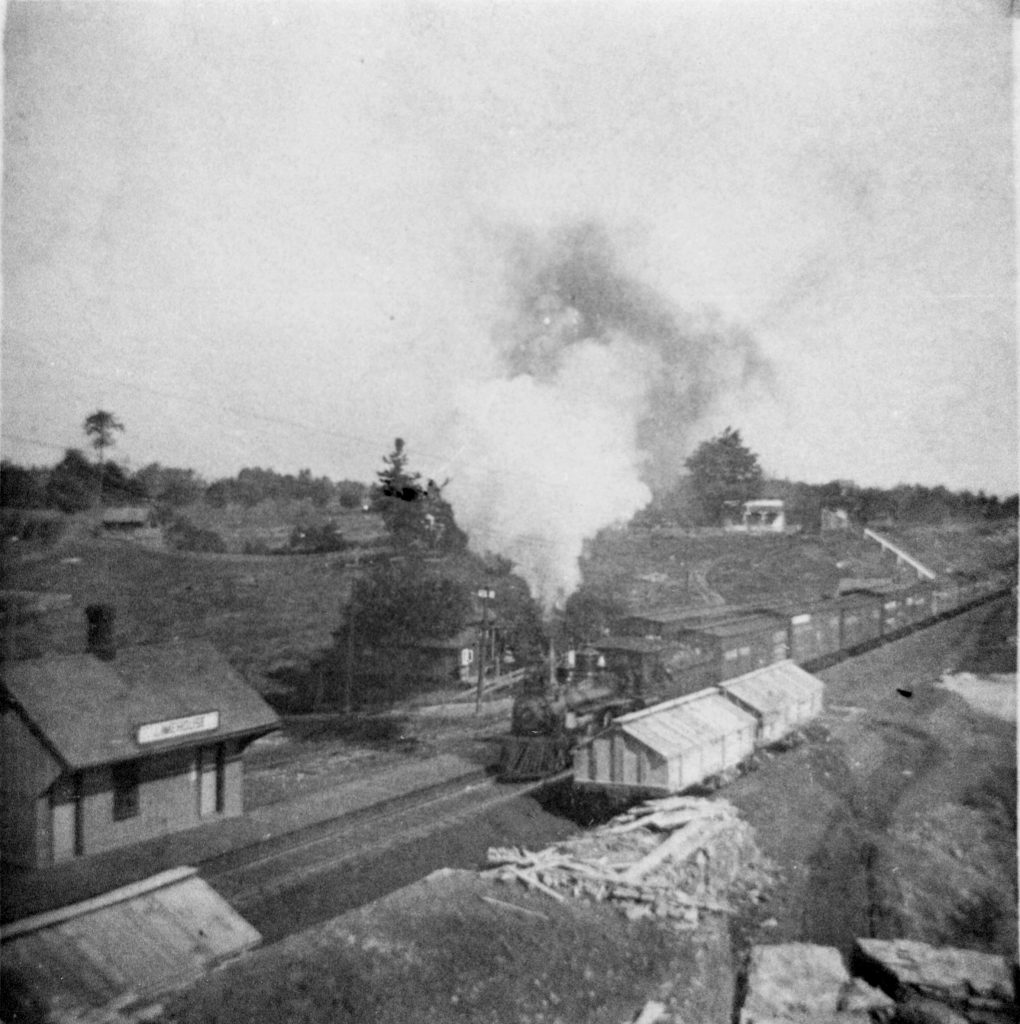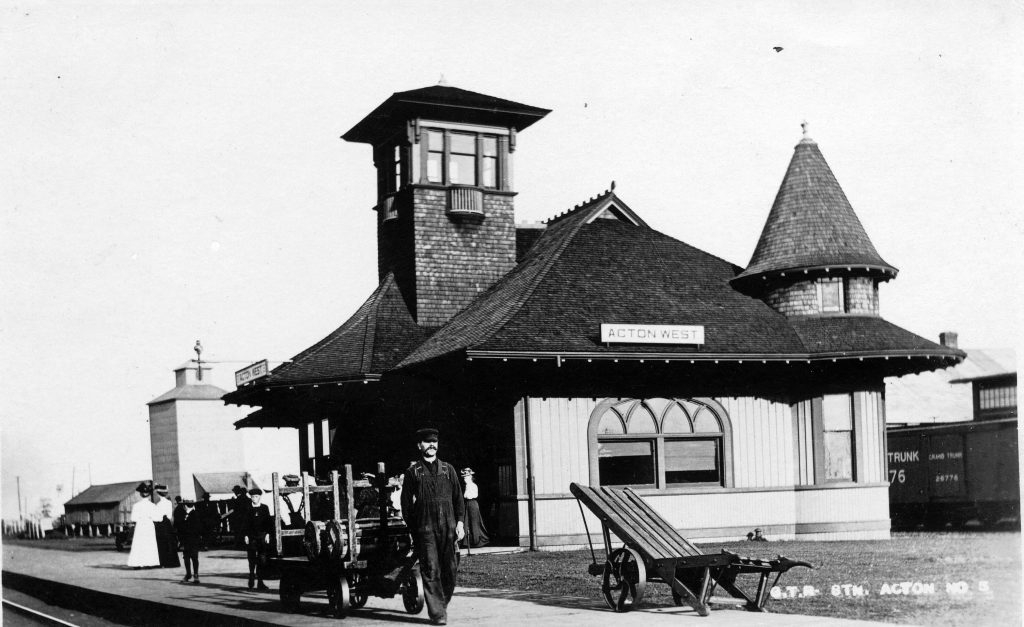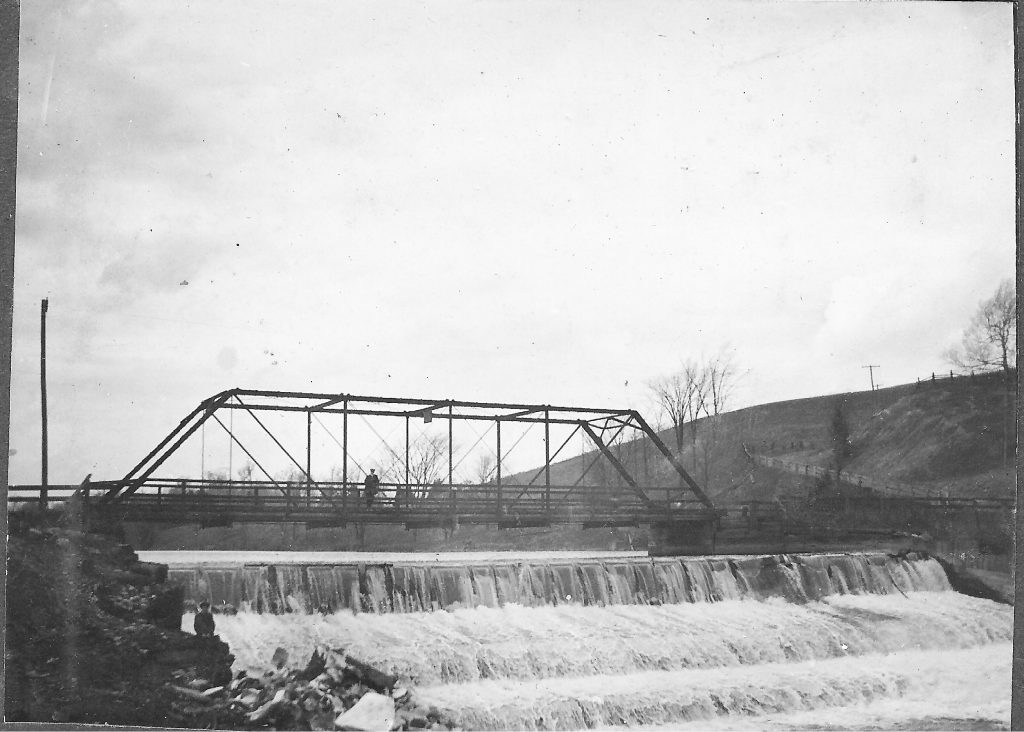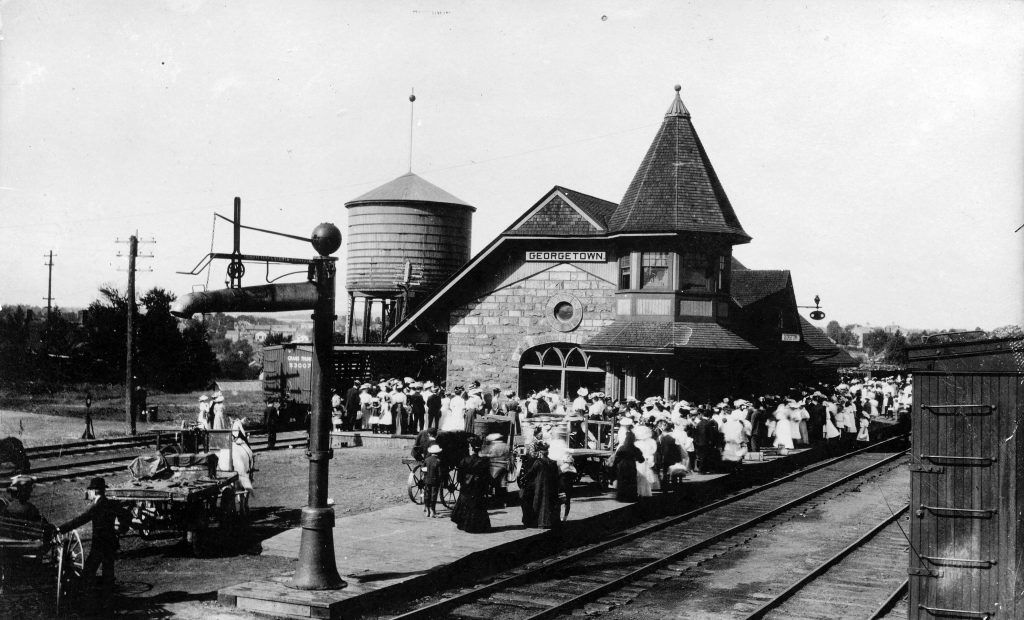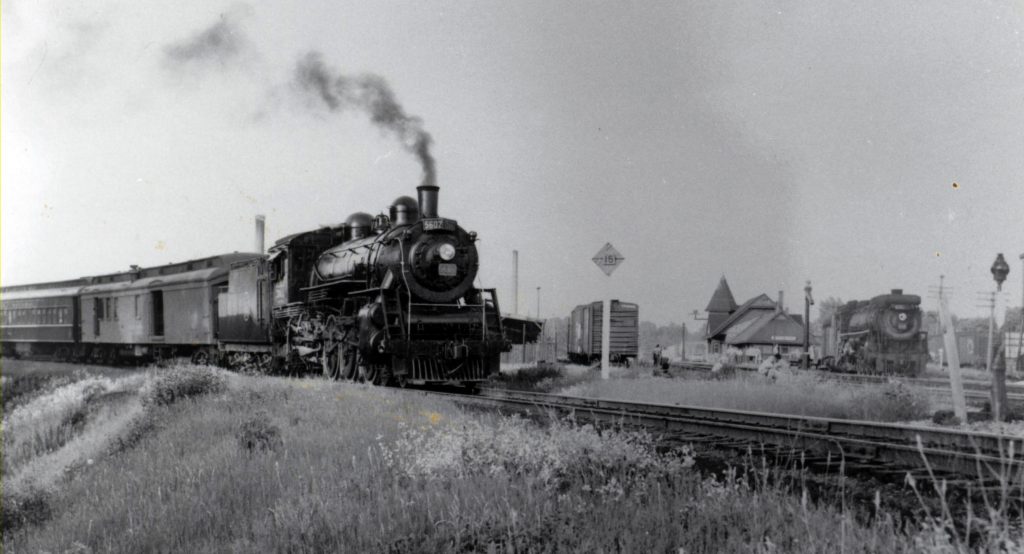In the years after 1819 the settlers were mandated to clear forests in front of their farms so a grid of roads could be developed to connect them to their neighbours, mills, supplies and general communication with the outside world. This was an added burden for the pioneers who were trying to build a house and barn and clear the land of trees in order to plant crops to sustain themselves and their animals. Where there were low swamp lands, logs were laid across to form corduroy roads. These were very uneven with some logs rotting more quickly than others. Travelling on them was a nightmare.
Roads leading south to Lake Ontario were very important. It was along these by which the products of the settlements were brought down for sale and export in exchange for much sought after cash. There were two main roads: the 7th Line or Trafalgar Rd. leading to Oakville and the 2nd Line leading to Milton, Bronte and Oakville. Barrels of flour and potash, frozen carcasses of hogs and quarters of beef were transported especially in the winter months.
To assist the settlers in their arduous journey, there were twenty-four taverns established along Trafalgar Rd. between Ballinafad and Oakville supplying watering troughs for horses, warm fires and whiskey for the farmers.
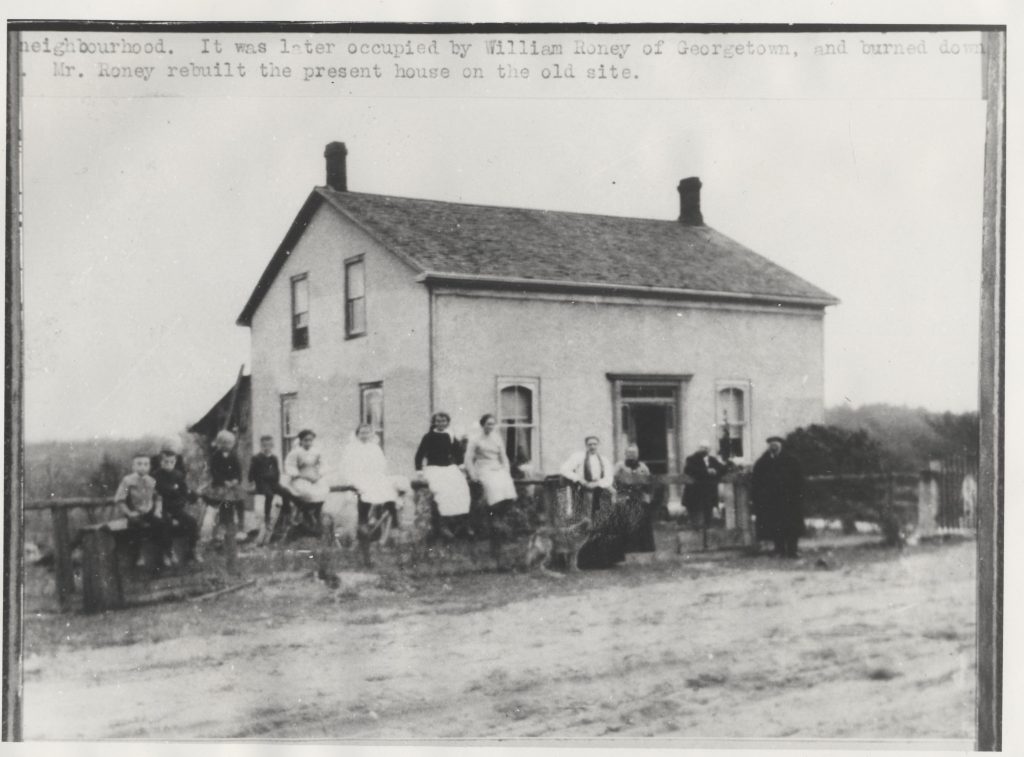
In 1846, a private joint stock company, The Trafalgar, Esquesing and Erin Road Company was formed. Maintenance and dividends were taken care of by the tolls collected at toll gates erected at intervals along the road. Building commenced in 1850, construction consisting of three inch planks laid across four inch square stringers. At first all went well until weaker planks broke or rotted. Repair costs became too high and the bankrupt company ceased operations in 1855.
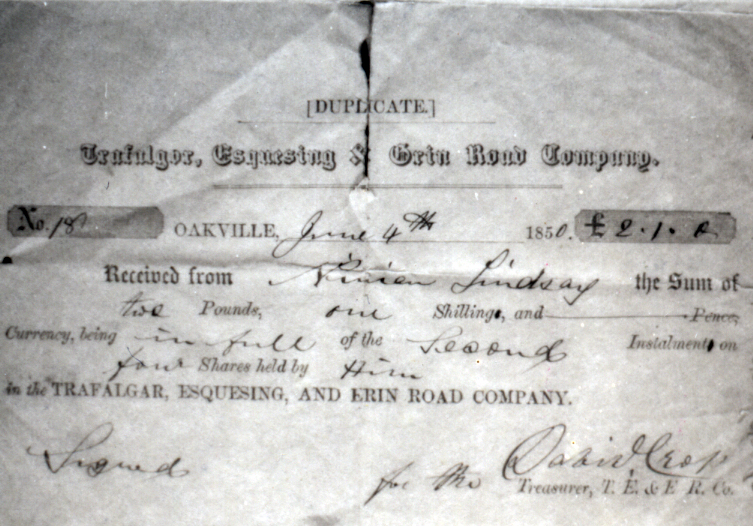
The farmers were now concerned only with the condition of the road in order to get to the railway station, get to a local general store, church or to the neighbours. The farmer supplied his time, wagon and team for about three days a year for the upkeep of the roads.
The coming of the railway changed transportation. The Grand Trunk Railway crossed the county by way of Georgetown and Acton in 1856. The Hamilton and North Western Railway to Allendale also passed through Georgetown.
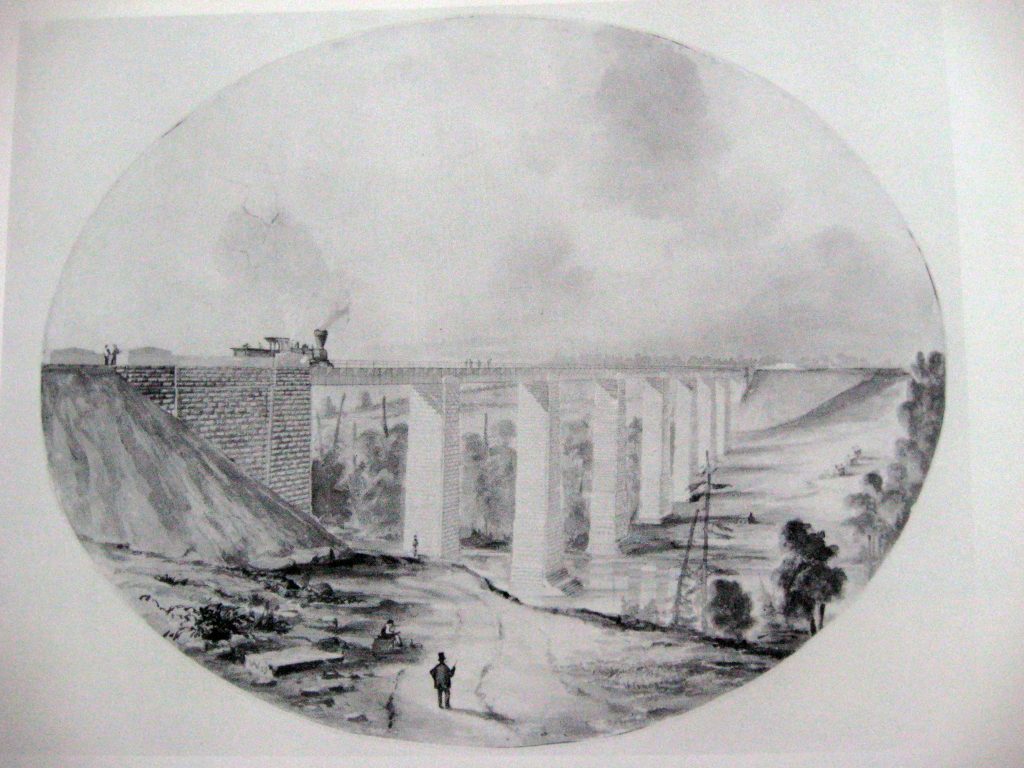
In April 1917 the Toronto Suburban Railway (Radial Railway) was opened, providing electric train service from Toronto to Guelph. The station was located on Main Street, Georgetown where Goodfellas Pizza now exists. Piers from the track can still be seen projecting from Fairy Lake in Acton.
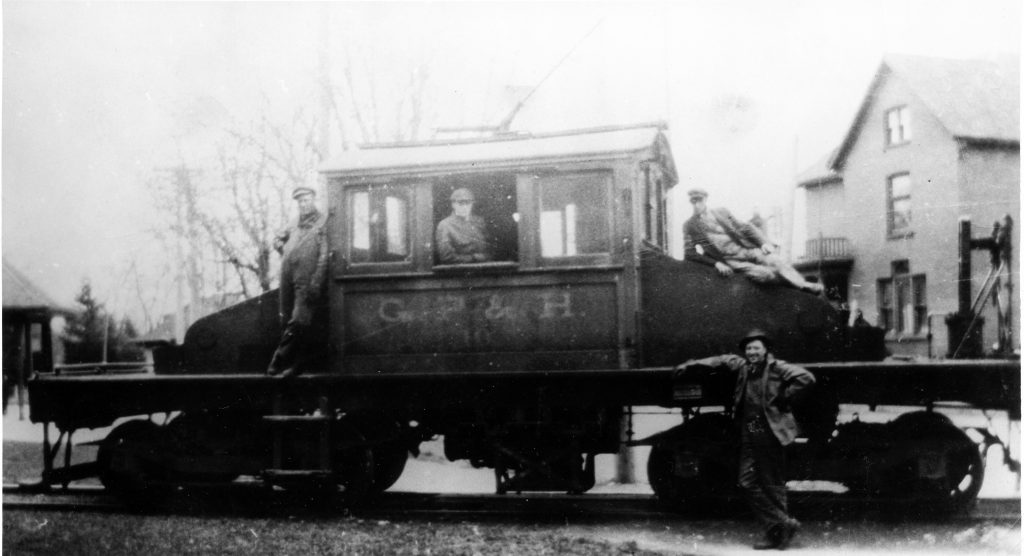
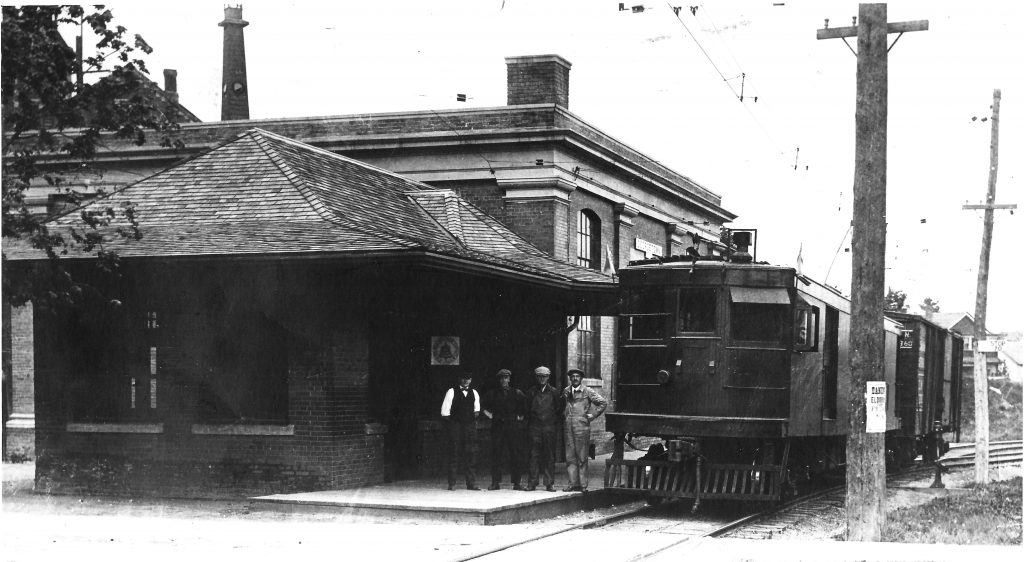
After WW I, the advent of motor car traffic increased the demand for better roads. In the 1920’s, the Ontario government built and paved Highway #7 traversing Esquesing Township from Norval through Georgetown and Acton westward to Guelph and Sarnia. In the same decade Highway #25 followed, connecting Burlington to Palermo and north to Acton. The 7th Line (Trafalgar Road) from Oakville to Ballinafad was also rebuilt and paved. The maintenance of these secondary roads was taken care of by the County leaving the side roads and lines to be looked after by the Township. The Super Highway 401 which was built in the 1950’s, further increased the mobility of motorists and decreased the time required to travel from east to west across southern Ontario.

By 2019 the dependency to ship goods by railway has declined and shipping by truck has increased using an ever expanding network of super highways. The GO train system running through Georgetown and Acton continues to use the old rail lines moving people from Toronto to Kitchener. However, gridlock on the highways has replaced the rotting rough corduroy roads of yesteryear.
